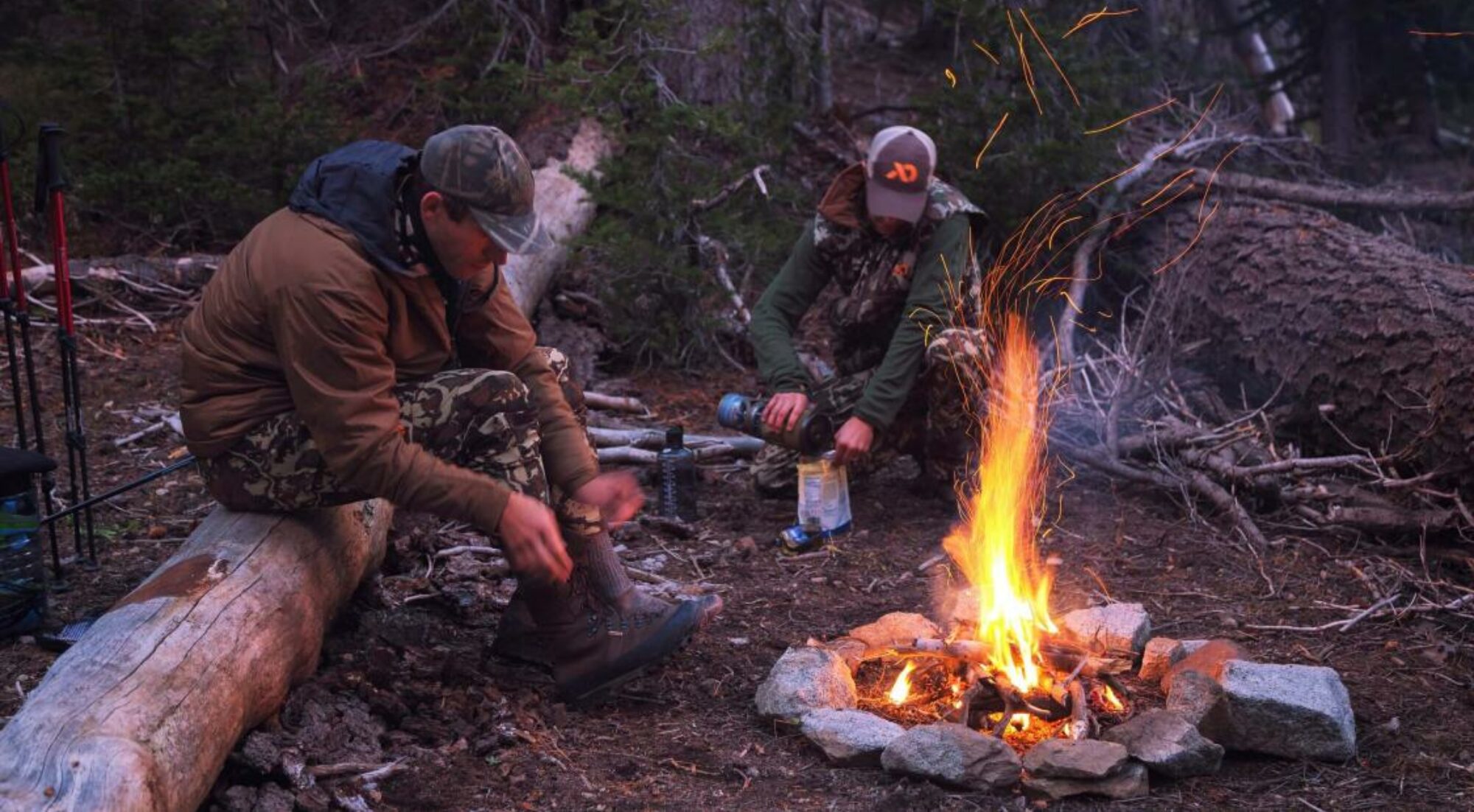Economic Pressures Make Self-Sufficiency Essential
In 2025, rising costs for food, fuel, and housing are squeezing budgets, making it smart to become self-sufficient. Recent financial trends show inflation hovering around 3-4%, with grocery prices up 5% from last year, according to the Bureau of Labor Statistics. U.S. debt reports are alarming, with national debt surpassing $35 trillion in 2024, raising fears of economic instability. Becoming self-sufficient by growing your own food or learning basic repairs can cut costs and shield you from these financial pressures.
Supply chain issues, like those seen in recent chip shortages, disrupt access to goods, pushing prices higher. By adopting self-sufficient practices, like starting a small garden or bartering with neighbors, you can bypass reliance on unpredictable markets. For example, a backyard vegetable patch can save $500 a year on groceries. These steps offer stability when paychecks don’t stretch as far.
The gig economy also supports a self-sufficient lifestyle, letting people earn income flexibly through skills like woodworking or freelancing. With job markets shifting and layoffs in tech sectors reported in 2024, controlling your resources is key. Self-sufficiency reduces financial stress, making now the perfect time to take charge of your needs.
Environmental Crises Demand self-sufficient Solutions
Climate change is making self-sufficient living a necessity, as extreme weather disrupts food and water supplies. In 2025, hurricanes and droughts have hit U.S. crop yields, with corn production down 10% in some states, per USDA reports. Learning to grow your own food or collect rainwater can ensure you have essentials when stores run low. These self-sufficient skills help you stay prepared for unpredictable conditions.
Self-sufficient practices also help the planet. Using solar panels or composting cuts your reliance on fossil fuels and reduces waste. For instance, composting kitchen scraps can enrich your garden soil, saving money on fertilizers while lowering your environmental impact. With climate concerns growing, now is the time to adopt these sustainable habits.
Government incentives, like tax credits for renewable energy, make it easier to start self-sufficient projects. Community gardens are popping up in cities, letting even apartment dwellers grow food. By acting now, you can build resilience against environmental challenges while contributing to a greener future.
Social Trends Support a self-sufficient Mindset
In 2025, social shifts toward minimalism and local living make it a great time to become self-sufficient. Posts on X show a surge in homesteading and DIY trends, with people sharing tips on canning or building furniture. This cultural move away from consumerism encourages learning skills like sewing or foraging, which foster independence and save money.
The pandemic exposed weaknesses in global systems, pushing people to prioritize local solutions. Community co-ops and tool-sharing programs are growing, making self-sufficient living accessible in urban areas. For example, borrowing a neighbor’s drill to fix your home cuts costs and builds community ties, aligning with self-sufficient values.
Online platforms make learning these skills easier than ever. YouTube tutorials and forums offer free lessons on everything from beekeeping to budgeting. With society valuing independence and resilience, now is the moment to join this movement and embrace a self-sufficient lifestyle that feels both modern and timeless.
Technology Enables Self-Sufficiency
Technology is a powerful tool for becoming self-sufficient in 2025. Apps like iNaturalist help identify edible plants for foraging, while online courses teach skills like plumbing or solar panel setup. These resources let you learn at your own pace, making independence achievable without expensive classes or travel.

Smart home systems, like automated irrigation for gardens, boost self-sufficiency by saving time and resources. Affordable 3D printers let you create tools or spare parts at home, reducing reliance on stores. For example, printing a replacement knob for a stove can save a $50 repair bill. Technology, when used wisely, supports self-reliant living.
However, balance is key to avoid tech dependence. Pairing digital tools with hands-on skills, like using a gardening app alongside manual weeding, ensures you stay in control. With tech advancing rapidly, now is the ideal time to leverage it for self-sufficient goals while keeping practical abilities sharp.
Personal Benefits of Self-Sufficiency
Becoming self-sufficient in 2025 boosts your confidence and mental health. Mastering tasks like growing herbs or fixing a leaky faucet gives a sense of accomplishment that lifts your mood. Studies from the American Psychological Association show hands-on activities reduce stress by up to 20%, making self-sufficiency a mental health win.
Financially, self-sufficiency saves money and builds security. For instance, raising chickens for eggs can cut grocery costs by $200 a year. These savings add up, giving you more control over your budget in an era of rising debt and economic uncertainty. Starting small makes these benefits accessible to anyone.
Self-sufficient living also strengthens family and community bonds. Working together on projects like building a compost bin teaches kids practical skills and teamwork. In a fast-paced world, these shared activities create meaningful connections, making now the perfect time to embrace this rewarding lifestyle.
Preparing for an Uncertain Future
Global uncertainties, from political tensions to resource shortages, make self-sufficiency a smart move in 2025. U.S. debt reports warn of potential tax hikes or spending cuts, which could strain household budgets. Learning to produce your own food or energy prepares you for these changes, reducing reliance on government or corporate systems.
Pandemics and natural disasters, like the 2024 wildfires that displaced thousands, highlight the need for self-reliant skills. Knowing how to store food, purify water, or generate power ensures you’re ready for emergencies. For example, a small solar generator can keep lights on during outages, offering peace of mind.
Starting now lets you build skills gradually, avoiding panic when crises hit. Community networks, like local seed swaps or skill-sharing groups, are growing, making it easier to learn and prepare. With the future looking unpredictable, embracing self-sufficiency today equips you to handle whatever comes next.
I hope this article has been helpful, informative and thought provoking.
If you have any questions, input or comments, please feel free to do so in the box below.
Thanks!








